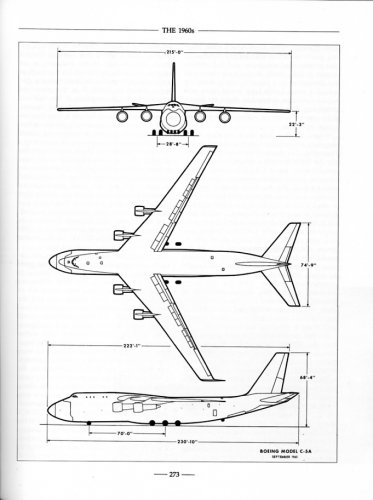- Joined
- 27 December 2005
- Messages
- 17,694
- Reaction score
- 26,027
Kadija_Man said:I think some people are confusing the role of "Interceptor" with that of "Fighter". Interceptors aren't intended to engage in ACM. They are intended to be able to fly, very, very, fast and usually in pretty much straight lines to destroy an attacking bomber before it can drop/launch its weapons. The F-111 would have made a pretty reasonable interceptor. It would have been pretty hopeless as a fighter though.
Disagree. Rate of climb, effective speed and ceiling of the F-111 are all suboptimal for the interceptor role.


